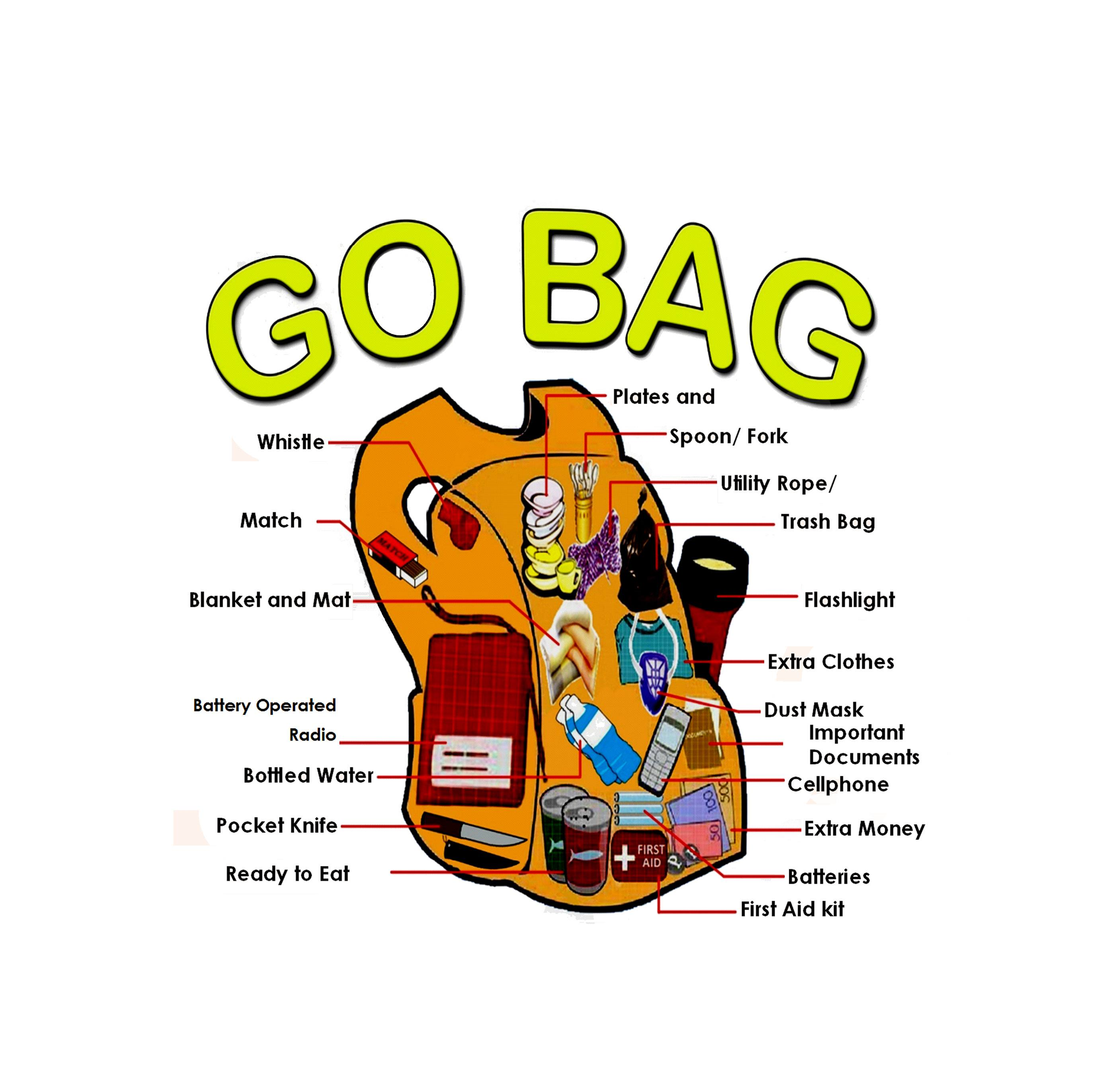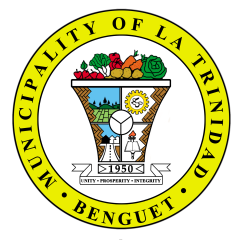Disaster Preparedness
Step 1 – Make a Plan
Assign and orient family members on their roles in case of emergencies and disaster.
Plan for the things to do before, during and after a hazard or disaster.
Plan the best and quickest escape routes out of your home.
Decide on the meeting place and the place of the evacuation center for the family.
Know the location of the evacuation sites and the fastest and safest way to go there.
Post emergency numbers in areas where you can easily see
Step 2 – Be Informed
Stay vigilant, monitor advisories warnings on impending and hazards through listening on radio and television.
Coordinate with the LGUs to know the hazardous areas that exist in the community.
Know the hazards and emergencies that usually occur in your area.
At least 1 member of the family should have knowledge on first aid and CPR
Step 3 – Make a GO Bag
It is best to prepare a family survival kit which you can easily grab and bring along with you in case there is a need to evacuate.
The Go Bag should be checked and changed every three months.
It should contain foods and water that last for three days

Remember These Important Guides
The GO BAG items should be checked and replenished every three months. Surlin ang laman ng GO BAG kada tatlong buwan at palitan ang mga laman nito na malapit nang masira.
The GO BAG should be stored properly where it can be easily accessed in case of an emergency. llagay ang GO BAG sa lugar na madali itong makita at makuha sa oras rig sakuna.
Coordinate with leaders on community evacuation plan. Decide with the family on where to meet in case there is a need to evacuate. Makipag-ugnayan sa mga lider para sa plano sa pag-likas ng komunidad. Pag-usapan din sa pamilya kung saan tutungo sa oras na kailangang lumikas.

Petra Nemcova, Former Model, UNDRR World Tsunami Awareness Advocate











